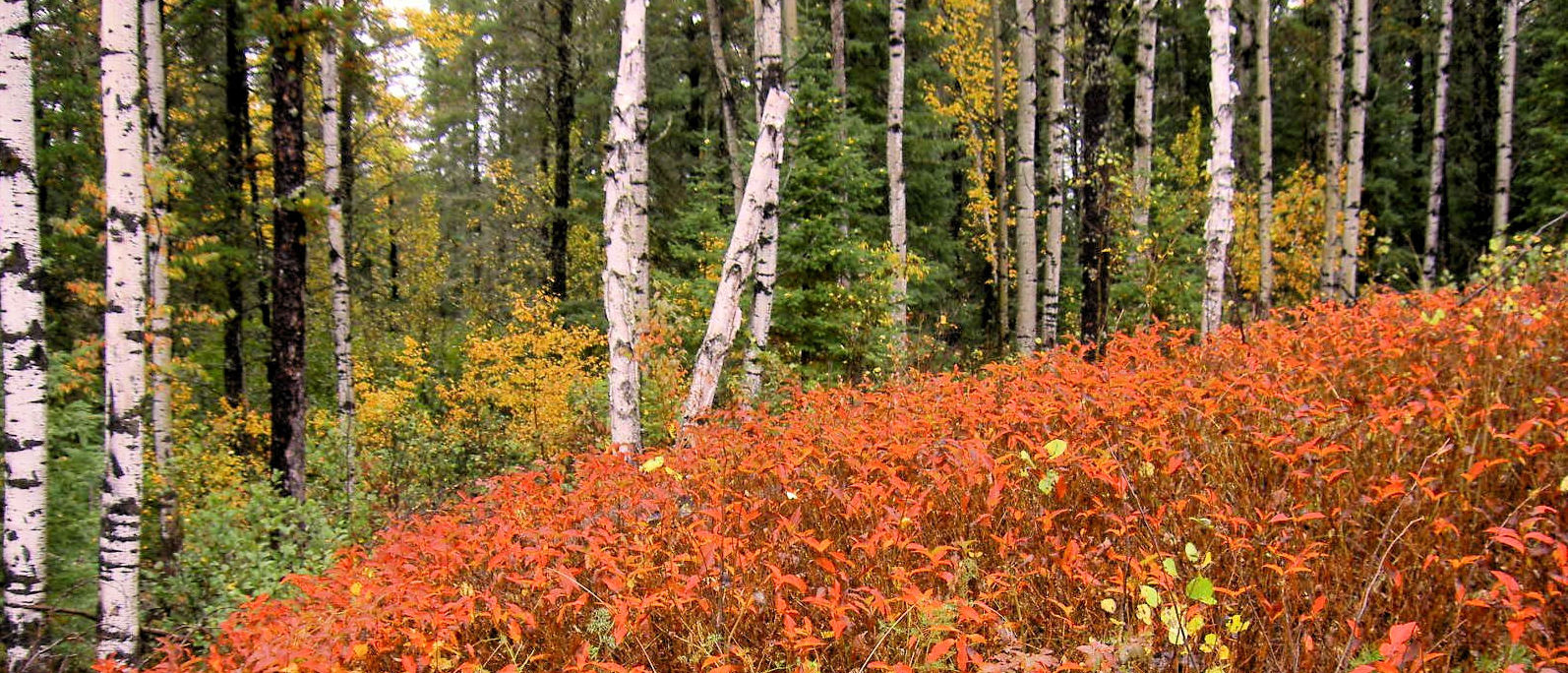
For lunch we met Linda and Cheech, life-long friends, to whom we last spoke twenty-five years ago. We ate Chinese at the Nite Club. Nobody wore evening dress. The fog was lifting, and before we left the sun was shining ̶ as per the forecast. Hey, Environment Canada is entitled to be right once in a while.
I finished my research at the museum, left them one of my books, and bought one of theirs.
It was time to find a lost mine. We headed east on Hwy. 11. We had a choice, east or west. In June 1961, after boarding the Greyhound, we had had one choice: east. Hwy. 11, which some describe as an extension of Yonge Street, Taranta, ended in Atikokan. Between the town and Fort Frances was miles of bush interrupted by outcrops of rock.
Twenty-four klicks east of Atikokan, we turned into Secondary Highway 623 at the sign for Sapawe. Sapawe, originally spelt Sabawi, means “drowning”, according to one source, and “running water” according to another.

I had a guide lined up to take me to the old Atikokan Iron Mine, but he was away for a coupla weeks. How hard could it be to find an historic mine, one of the first iron mines in Ontario? There would be sign posts, plaques, monuments, maybe even a rural museum.
After five kilometres the pavement ran out. To the left was a structure of some kind peeping over the hill. Straight ahead was a gravel road. It was a twisty, turny, up and down kind of thoroughfare (the kind my dictionary describes as “tortuous” but has little to do with pain). My historical research suggested I would find a straight-as-an-arrow railbed repurposed as a logging road and once referred to as Iron Spur by the Canadian Northern Railway.
After a coupla klicks, we turned around. Back at the pavement, we checked our maps again for the village of Sapawe. There is no village of Sapawe. There is just the name on maps. We turned right, west, and there it was, just over the hill. It was a lumber yard. And to the left was the main line of the CNoR. But, it was not just a lumber yard. It was the biggest, sprawliest Mother of all Lumber Yards.
Back in 1945, J.A. Mathieu established a sawmill on this site. Graham G. Harris, in his book The Sage of Sapawe, said this about the Mathieu sawmill: “Its enterprise has transformed Sapawe from a small oasis in the wilds to a thriving outpost of industry.” It created a village.
Today, this is no oasis, no village, but there is a thriving industry: a Resolute Forest Products sawmill, established in 2015.
This industry comprised acres and acres of lumber stacks and log piles and mills and offices and more lumber and more logs. After making enquiries, we were shunted from mill to office to mill to office until we specified we wanted the Main Office. The Main Office sign pointed to log piles ̶ acres and acres of log piles. I made another enquiry and the obliging contractor directed us past the nearest log piles to another office.

We surprised the lady in the office. We were surprised that one lady was in charge of the hundreds of employees in that vast enterprise. She was surprised because she had never been asked my question. How do we get to the old iron mine? I asked. She was astonished. What iron mine? she answered. She phoned her boss. He sounded as if he had vast experience of being asked such a simple question. He ticked off all the possible roads that might lead to our lost iron mine. He was lost. And astonished.
We thanked them and left.
We drove east on Hwy. 11 towards Thunder Bay. We drove through a beautiful green landscape. We admired the beautiful rock cuts that sliced through, we imagined, a treasure house of minerals. Including iron. We passed innumerable side roads that led, we knew, to beautiful, lovely places. The sun beat down on the roof and rear windshield as we cranked up the AC.
We kept our eyes on the dashboard clock. Anytime now we would enter a new time zone. We waited for two o’clock something to leap forward and become three o’clock something. Then we waited for three o’clock something to become four o’clock something. We passed the boundary from Rainy River District to Thunder Bay District. The clock read three o’clock plus forty minutes. Thirty minutes later it became five o’clock plus ten minutes. We gained something, and lost something.
Sue remarked that we had seen no wildlife. Not even dead wildlife. Just a few crows, or ravens. But what could they scavenge? What kind of country had no wildlife?
Something’s been lost. Something besides history.

[That’s all, folks!]


Comments
One response to “TIME TRAVEL TO ATIKOKAN – Part 2 of 2”
Years ago donated early Hotel registers to the museum. Interesting names and only way to get there was by rail.